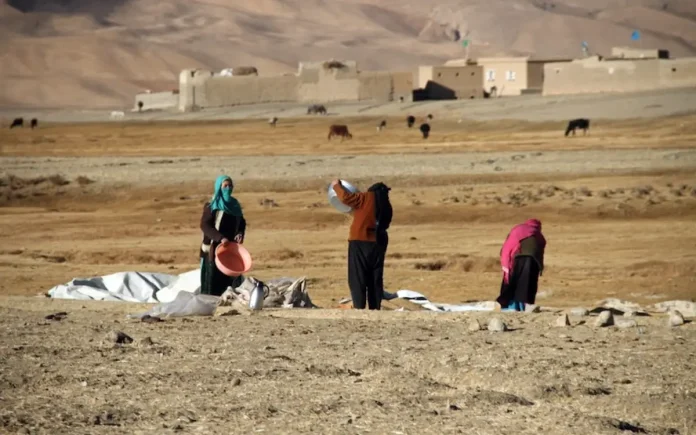Kabul: The Afghan economic landscape faces a dire situation, as the Special Inspector General for Afghanistan Reconstruction (SIGAR) reveals a continuous flow of millions, averaging $80 million per shipment, arriving in Kabul every 10 to 14 days. However, despite this significant financial influx, a staggering 69% of Afghans lack access to basic resources, according to the United Nations Development Programme (UNDP).
SIGAR’s report emphasizes that these substantial cash shipments are directed to private banks within the UN’s accounts, bypassing central banks and ensuring funds are not provided to the Taliban. The economic downturn is stark, with Afghanistan experiencing a 27% contraction since 2020, leaving 7 out of 10 Afghans struggling to meet essential needs for food, healthcare, and employment.
While the Taliban asserts that aid funds received through the UN are channeled into education, health, and development projects, Zabihullah Mujahid, the Taliban’s spokesperson, clarifies that the Islamic Emirate does not directly benefit from these funds.
“The aid given by the countries is implemented through international institutions in Kabul; this money is available to them, and the Islamic Emirate does not benefit from this money,” states Mujahid.
Despite potential benefits to fiscal stability and economic growth acknowledged by some analysts, Afghanistan’s humanitarian crisis continues to worsen since the Taliban’s return in August 2021. The Ukraine crisis amplifies the challenges, leading to a surge in food costs and rendering essential items unaffordable. Even as sectarian conflict recedes, severe human rights violations persist, particularly against women and minorities.
Women and girls in Afghanistan face ongoing hardships, including the denial of fundamental rights such as non-discrimination, education, work, public participation, and health, as reported by Khaama Press.



